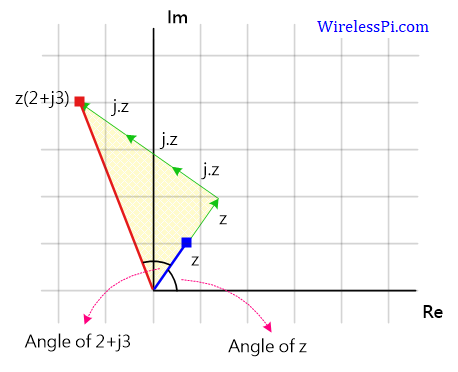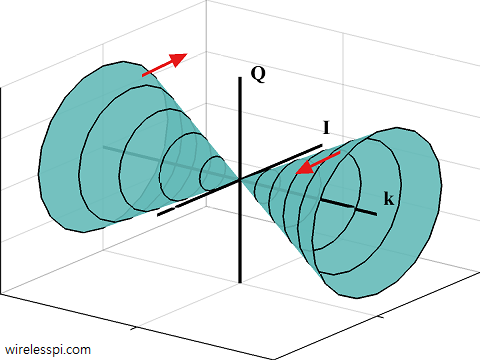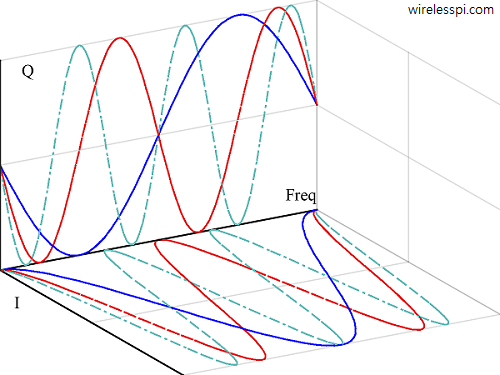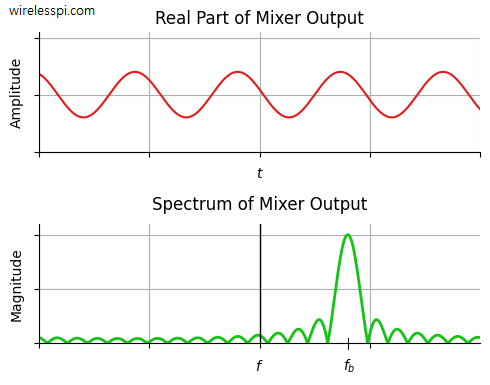Any introduction to complex numbers and their operations follows a common pattern: the formulas are given without building any intuition. If you have ever wondered about why $j=\sqrt{-1}$, you can read about the origin of complex numbers. In this article, I will explain the intuitive reason behind why a product of two complex numbers multiplies their magnitudes and adds their angles, and a division of two complex numbers divides their magnitudes and subtracts their angles. Let us start with the multiplication. The division scenario can be analogously derived with inverse operations. Multiplication of Complex Numbers The intuition behind multiplying two
Continue reading



